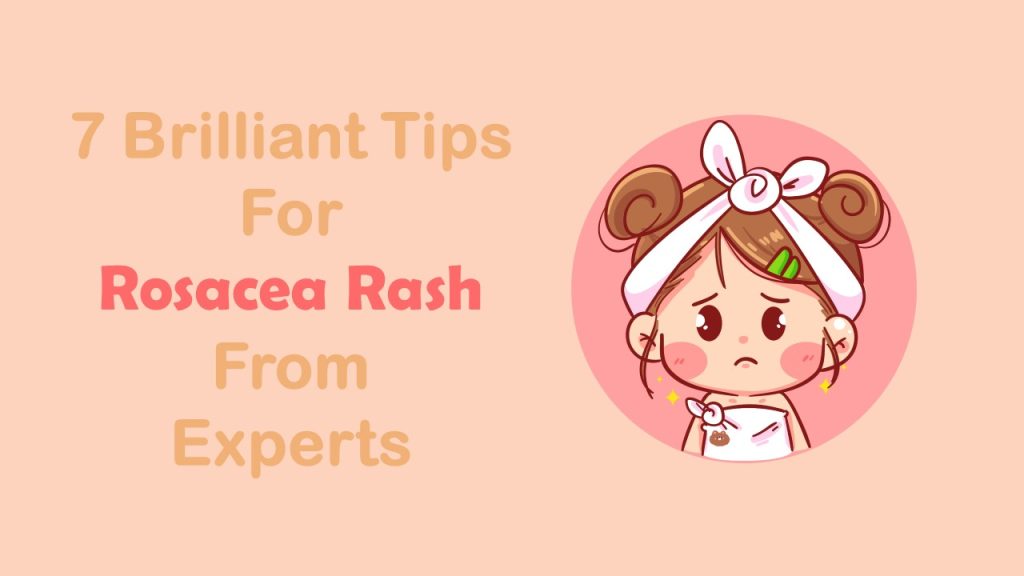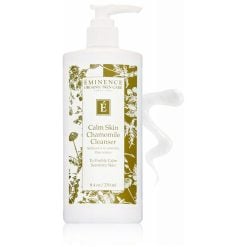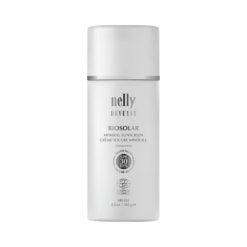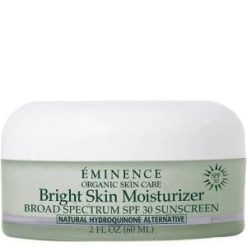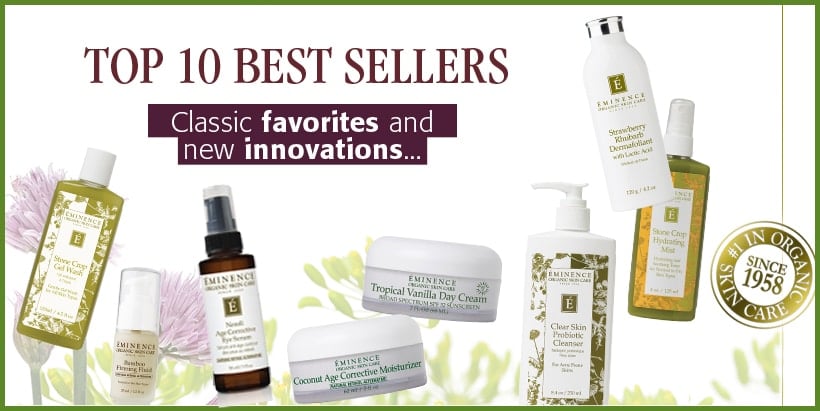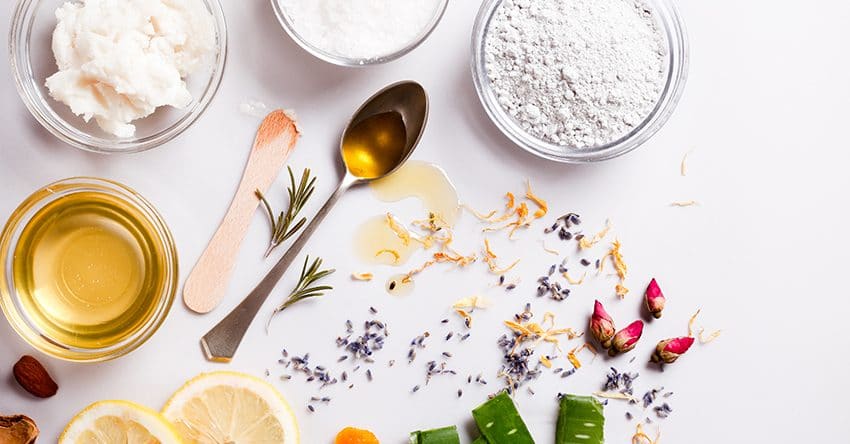The skin condition rosacea is an incredibly uncomfortable disease to live with. This post will share some dermatologist tips for navigating skin care, choosing skin care, and things to avoid in skin care products for people with rosacea rash.
What Causes Rosacea Rash?
If you have this skin condition rosacea, you already know how challenging it can be to navigate the skin care aisle and select skin care products that do not irritate you, sting, burn, and cause excessive redness and irritation on your skin.
Rosacea rash is an inflammatory skin condition which occurs due to hypersensitivity, to things that come in contact with the skin, and that hypersensitivity manifests with symptoms such as burning, tingling, flushes of redness, heat, and little red bumps that almost look like acne and pimples but are a little different in their underlying nature.
Additionally, avoiding triggers that can cause a flare-up, such as sun exposure, spicy foods, and Alcohol consumption can also be helpful in managing the condition.
1-Keep It Simple!
The key for rosacea skin rash is to keep it simple. Your routine and the products you use should not be excessive, no more than three products. Think about it. Rosacea is a skin disease in which things that come in contact with the skin are very likely to irritate you, so reduce the number of things that you put on your skin.
The three basic tenets of a skin care routine, really for anybody, but in particular for people with rosacea, should be: a gentle cleanser, a moisturizer, and a sunscreen.
2-Use A Gentle Non-Soap Cleanser
My essential skincare tip for rosacea is cleansing your skin. It is important to cleanse your skin with a gentle, non-soap cleanser. Things that settle on the skin from our environment can contribute to prolonged symptoms and exacerbate redness and irritation.
The way you cleanse your skin is also very important.
You need to be very gentle.
Use lukewarm water, avoid extreme temperatures, and just use your finger pads in a circular motion across the face.
Cleansing your skin this way is important for everybody, but in particular for people with skin condition rosacea, because physical touch can cause redness and irritation, and precipitate flares of your disease.
In other words, things like spin brushes, scrub brushes, facial brushes, and harsh washcloths can be your nemesis. So just use your finger pads in a gentle, circular motion and then rinse the cleanser off with lukewarm water.
3-Moisturize Regardless Of Your Skin Type!
My next tip is to use a moisturizer on a daily basis, whether your skin is dry or oily. Moisturizers hydrate the skin by trapping water on the surface of the skin and sealing it in place. They also condition and smooth the skin cells and reduce inflammation and irritation.
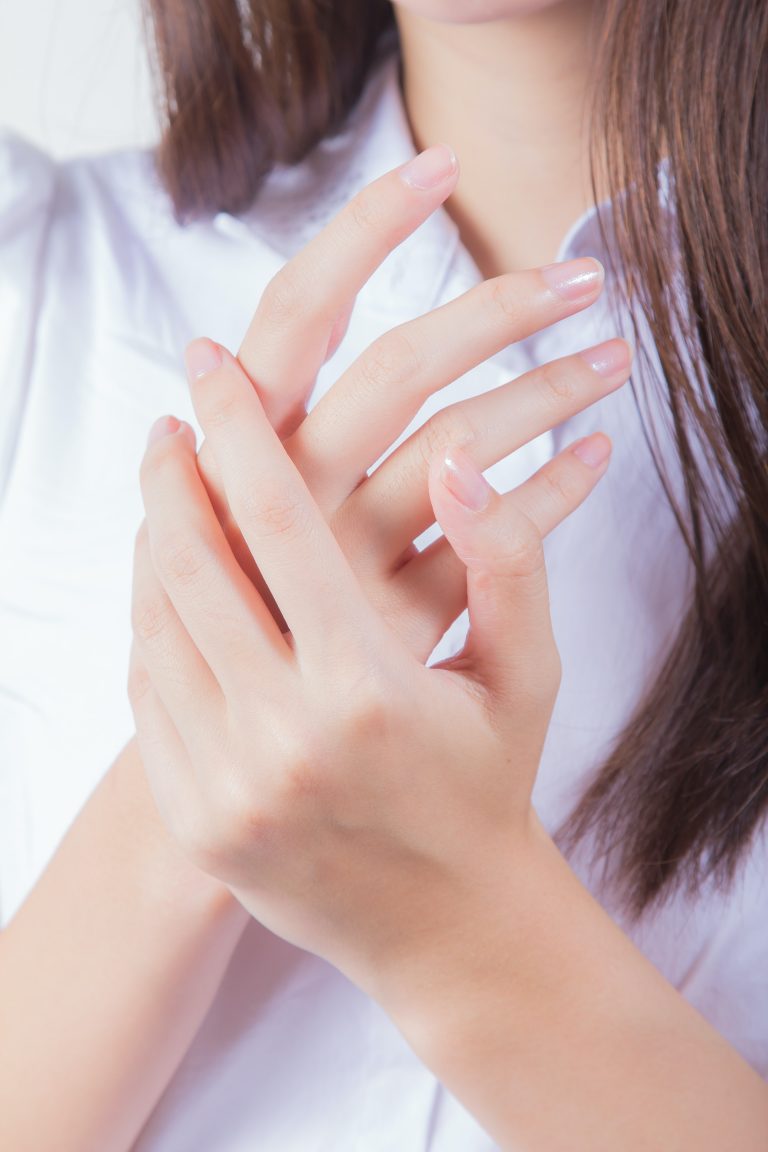
Apply moisturizer on damp skin, immediately after cleansing. This capitalizes on the hydrated status of your skin at the time of cleansing. When there’s water on your skin, moisturizer will really help drive hydration into your skin, which will reduce the severity of rosacea.
We have several studies showing that individuals who use moisturizer along with their prescription topical and oral rosacea medications have better treatment results than if they don’t use a moisturizer.
4-Use A Broad-Spectrum Physical Sunscreen
My next tip will come as no surprise because I mention it every chance I get: protect your skin from the sun by wearing a broad-spectrum sunscreen. Rosacea patients have a challenge, however, in finding a sunscreen that will protect their skin without irritating the rosacea rash.
Select a physical sunscreen. That means when you look at the active ingredients of the sunscreen, the active ingredients should be only zinc oxide or zinc and titanium dioxide, which create a physical barrier to protect the skin. These active ingredients are best tolerated by people with rosacea. They won’t cause irritation, stinging, and burning.
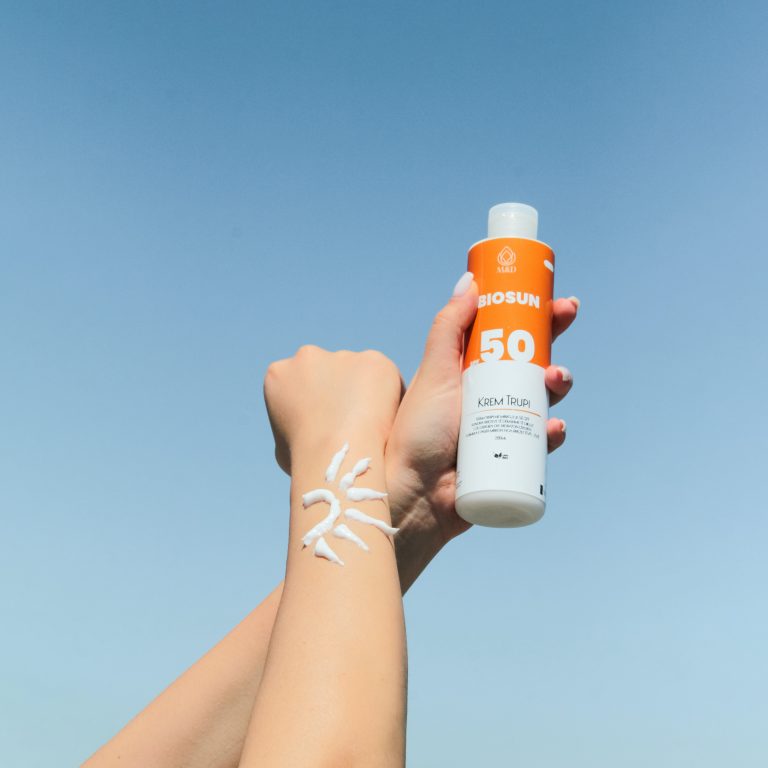
Other sunscreens include chemical ingredients, chemical filters, things like oxybenzone, avobenzone, octocrylene; these ingredients can be irritating for people with this skin condition, rosacea.
It’s best to select a mineral-only physical sunscreen whose active ingredient is either zinc oxide or zinc plus titanium dioxide. You should also choose broad spectrum sunscreen with an SPF, sun protection factor, of 30 or higher.
Make sure your sunscreen is fragrance free, since fragrance can be problematic for people with rosacea.
Look for ingredients like silicones, which go by the name dimethicone and a few other names I’ll list down below to help you navigate the ingredients.
Silicones are oil-free and tend to be lightweight, so they are well-tolerated in moisturizers and sunscreens for people with rosacea.
Hyaluronic acid is a humectant that will frequently be included in moisturizers and sunscreens and is also well-tolerated in people with rosacea. It helps to hydrate the skin and can help to combat some of the dryness that you might experience with a mineral sunscreen.
Sunscreen needs to be applied on a daily basis, even when it’s cloudy outside or you’re indoors all day, because the sun’s ultraviolet radiation can filter through the clouds and come through your windows, and can contribute to the inflammation of your rosacea rash.
5-Opt For Fragrance-Free Products
When it comes to the ingredients list on skincare products, it can be a daunting task to figure out what to look for and what to avoid.
The number one thing that you should be excluding from your skin care products is fragrance. I always encourage everybody to select fragrance free products, but people with skin condition rosacea in particular have to do this.
People with rosacea have a higher likelihood of developing something called allergic contact dermatitis, meaning you become sensitized against an ingredient and then you develop a skin allergy every time you come in contact with it.
Fragrance is one of the most common allergens in skincare products, plus people with rosacea rash are more likely to have flares of their symptoms regardless of allergy when they come in contact with fragrance.
This is because fragrance compounds can not only function as irritants on the skin and drive inflammation, but they’re also things called vasodilators.
Vasodilators make the blood vessels in our skin dilate and bring more redness into the skin, which is the opposite of what you want to do with rosacea.
Selecting fragrance free products is tricky to navigate because you might be duped into thinking that a product labeled unscented is safe. Unscented is not the same as fragrance free; it often means the product contains a masking fragrance to hide the scent of the product.
Fragrance goes by a lot of names, and manufacturers are not really required to disclose the inclusion of fragrance in their products. I will list these names down below in the description box so you know what specific ingredients to avoid.
6-Ingredients To Avoid
In addition to fragrance, you also want to avoid any type of essential oils: lavender oil, rose oil, rosehip oil. Any type of essential oil, regardless of how it was processed and made, can fragrance ingredients that can irritate and bother the skin of rosacea, even if you can’t smell them.
You also want to avoid any alcohols in your skin care products.
Alcohols are frequently added to sunscreens to stabilize active ingredients. For people in general, alcohol and alcohol denaturants are not something to fear. But alcohol definitely can contribute to irritation and a flare of rosacea rash because it tends to cause dryness, and people with rosacea just don’t tolerate that to the same degree as other skin types..
Menthol is another ingredient to avoid. You’ll find menthol in a lot of face washes and it imparts a tingling sensation.
Peppermint and witch hazel are often added for the same reason. You don’t want to tingle with rosacea. All these ingredients can be really irritating to people with rosacea.
Eucalyptus is frequently added as a preservative; avoid it as well.
7-Beneficial Ingredients
After that long list of things to avoid, you may be wondering if there’s anything at all you can put on your skin! There are some beneficial botanic ingredients for rosacea care, one of which includes niacinamide.
Niacinamide is anti-inflammatory, so it can help reduce redness, and it can also help heal your skin barrier and keep your skin hydrated.
Ceramides are also a good ingredient to consider for skin condition rosacea. They are part of our natural lipid barrier, and when included in moisturizers they can help strengthen our skin barrier.
Licorice root extract is very helpful in rosacea skin care products because, like niacinamide, it can be calming and anti-inflammatory.
So you will find licorice root in a variety of products that are designed to reduce redness and are marketed towards people with rosacea.
From a cosmetic perspective, some products include chromium or color correction with a green tint. This helps to camouflage redness and even out skin tone very nicely.
The Outlook
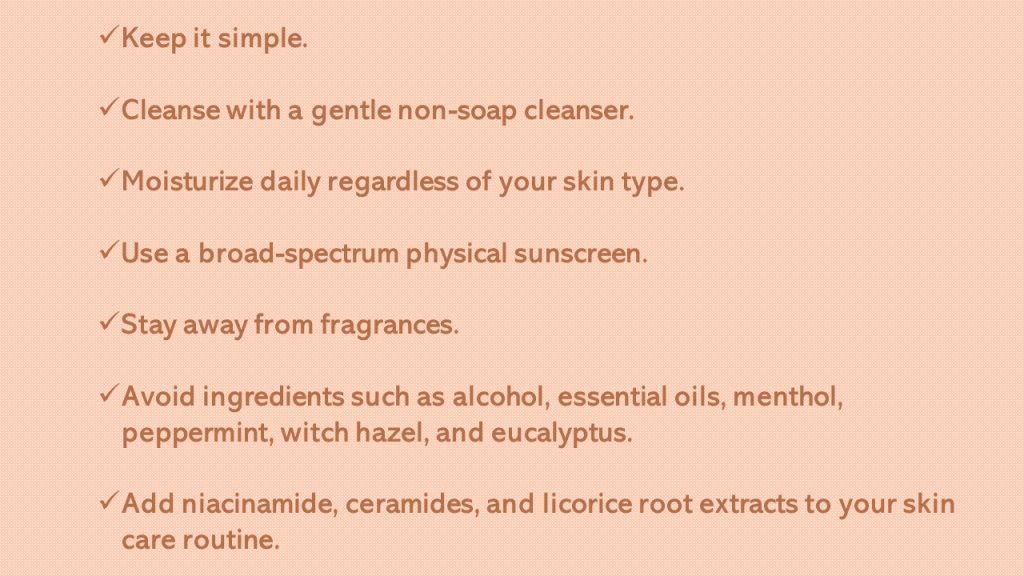
That concludes my skincare tips for people with rosacea. Remember, the main thing is to keep it simple: cleanse, moisturize, sunscreen. Be really gentle with your skin and avoid any inflammatory ingredients.

